[ad_1]
Rising meals and preventing off pests go hand in hand. However they don’t should! There are artistic methods to maintain damaging bugs away. The steps you are taking at the moment can create an inviting haven in your yard that encourages beneficials to remain awhile and damaging critters to maintain away.
Combining forces with Mom Nature as a substitute of preventing it may create a magical habitat that enables us to develop meals and flowers with out the stress and heartache of shedding crops to pest harm.
Listed here are six distinctive methods to discourage pests. With these, you’ll be able to relaxation simple, understanding your most desired fruits and veggies will keep secure.
Strategic Plantings of Lure Crops
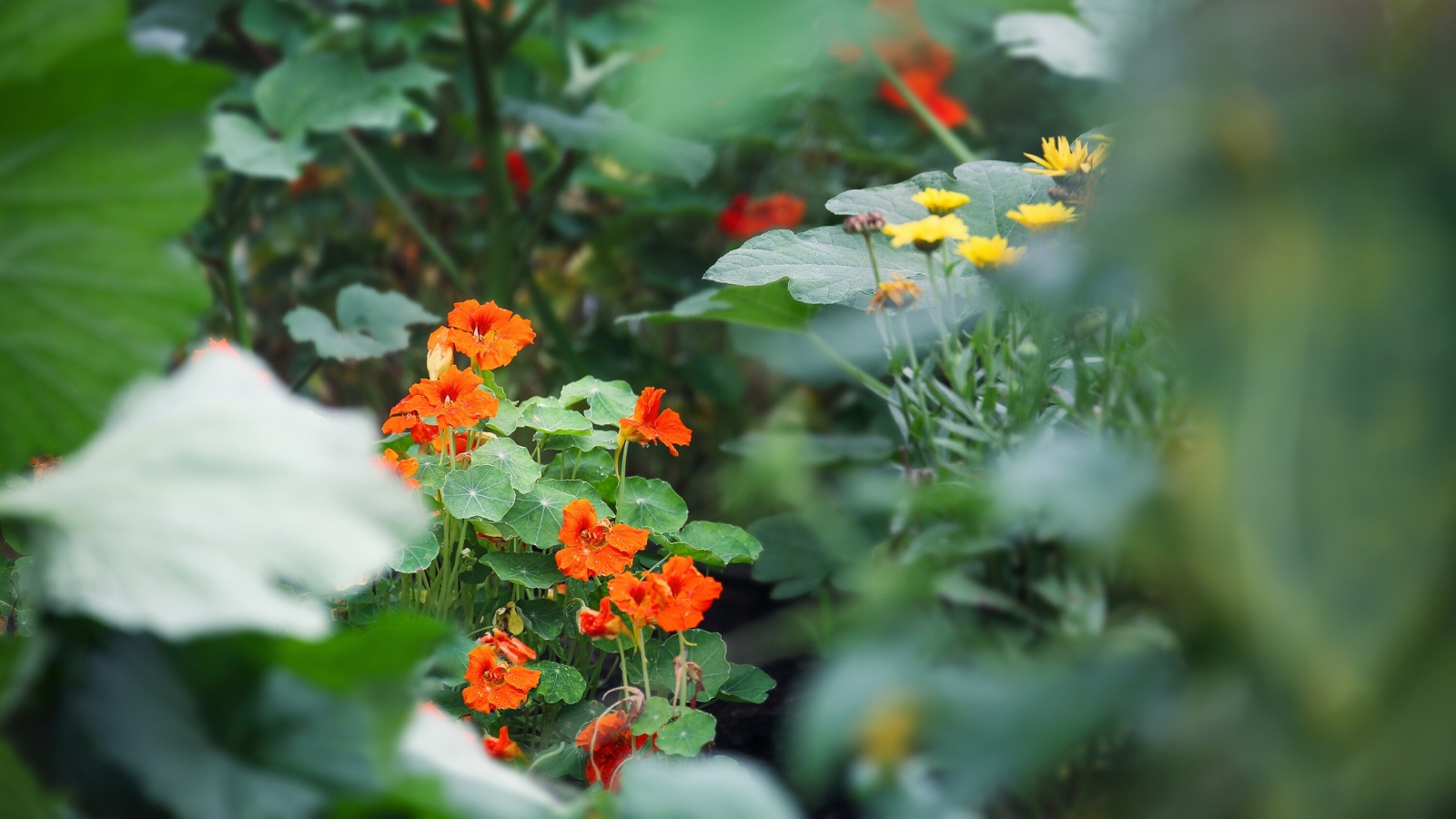

After years of battling with early-season cucumber beetles and squash bugs decimating our cucumbers, summer time squash, and zucchini, I lastly sowed Blue Hubbard squash. I let it set up early. I planted it out close to the longer term squash and cucumber patches, so when it got here time to transplant them, the Blue Hubbards have been a lot bigger.
When the cucumber beetles started to hatch out, all our valuable cucumbers have been protected beneath insect netting, inaccessible to munch on. We scouted for bugs and eggs each morning and squashed any we noticed on the Blue Hubbard vegetation. The remaining beetles flew off to a distinct farm due to the shortage of meals.
As soon as we eliminated the insect netting from the cucumbers, they have been well-established sufficient to tolerate some harm. The vegetation remained wholesome and high-yielding because the beetle and bug populations have been very low.
In case you’re new to lure cropping, you could marvel why you’ll plant one thing close by that attracts a pest. Think about you’re hungry, and there are two choices close by. One is essentially the most scrumptious dish you solely dream of, and the opposite is a bland dish you eat often. I guess you’d select the scrumptious one, and the cucumber beetles did, too!
Specialists have been trialing Perimeter Lure Cropping (PTC) globally with numerous vegetable mixtures with a lot success. It includes making a barrier of extra fascinating crops to block pests from reaching the middle of a mattress, which comprises your most respected crop. As much as 94% of pests will probably be alongside the perimeter, and PTC will assist preserve them there.
Different profitable lure crops:
- Nasturtiums and radishes will appeal to flea beetles.
- Use calendula to lure aphids.
- Lure cabbage worms with collard greens or delicate Asian greens to guard brassicas.
- Ants and stink bugs are drawn to sunflowers.
Professional tip: Proceed to scout the lure crops and destroy pests as they come up. Failure to take action will trigger them to destroy the lure crop and transfer on to your extra beneficial crops.
Plant Repelling and Attracting Herbs and Flowers
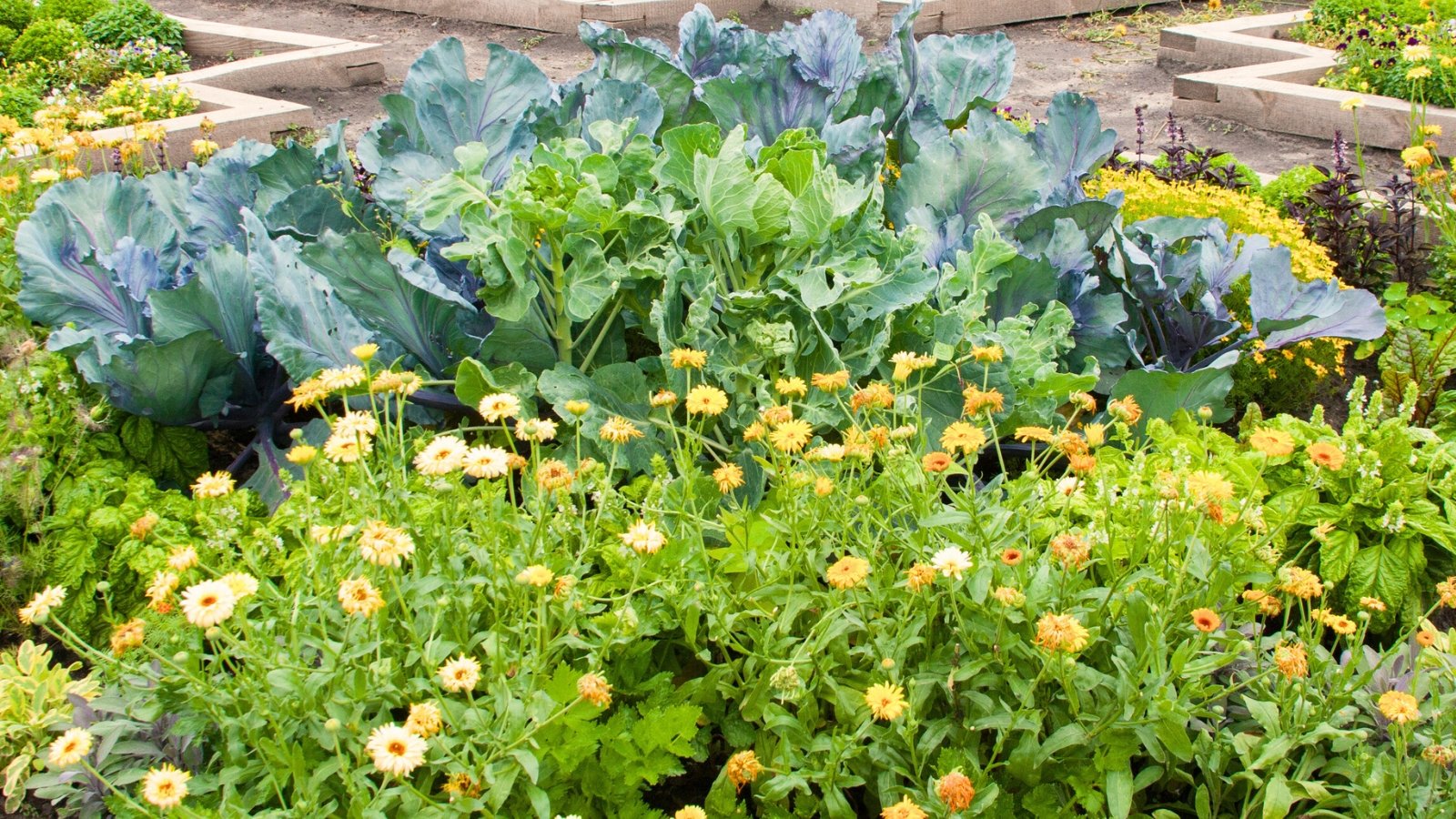

Related in effectiveness to lure cropping, planting strongly scented herbs and flowers might help deter pests by complicated or disgusting them. The excellent news is, a few of these could also be gadgets you deliberate to develop anyway! Listed here are a number of:
Plant this alongside your carrots to discourage carrot flies, and with tomatoes to forestall the tomato hornworm.
Specialists consider rosemary repels the dreaded cabbage moth, one of the crucial damaging pests. It might additionally preserve away aphids and carrot flies, so place it strategically.
Whereas I really like the contemporary scent a heat breeze brings when mint is close by, most animals detest it. Mice, some flies, spiders, fleas, and ants don’t respect mint. Plant it in pots so it doesn’t take over, and transfer it round as wanted for pest management.
Marigolds, with their chemical substance limonene, could assist deter whiteflies and underground, root-damaging nematodes, particularly in the event that they’ve been rising in an space because the earlier season. I all the time sow additional marigolds within the spring and plant them round my fields as a pure pest deterrent. I’ve created a fence line of them close to newly planted fruit timber, raspberry bushes, beds of head lettuce, and brassicas.
This highly effective herb is like citronella and can assist preserve away mice, rats, ants, and ticks. Harvest it for home made curries, broths, and marinades.
You may by no means have too many alliums round to assist repel deer, rabbits, and mice. However do you know they could additionally preserve carrot flies, cabbage worms, and aphids away? Use these as an efficient PTC or companion plant for brassicas, tomatoes, and carrots. Search for perennial alliums for year-round magnificence.
On heat, sunny days, lavender releases the chemical camphor, successfully repelling mosquitoes, fleas, flies, moths, deer, and floor critters. This beautiful plant additionally attracts pollinators like bees and butterflies.
The spicy scent of nasturtiums could confuse pests just like the dreaded Colorado Potato Beetle, inflicting them to fly away out of your beloved potato vegetation. Nasturtiums additionally appeal to useful bugs like ladybugs and lacewings and may function a lure crop, lowering harm to your money crops. Lacewings will preserve whitefly populations down, whereas ladybugs will feast on aphids. Choose a trailing selection and place it in a window field close by, or plant a bush selection alongside the sides of your beds.
This beautiful herbaceous plant will appeal to hummingbirds, butterflies, bees, lacewings, and ladybugs, potent pollinators and predators of gnats, aphids, aunts, weevils, mosquitoes, and different egg larvae.
When you have points with roaches, ants, spider mites, or Japanese beetles, place this all through your backyard or as a PTC. Chrysanthemums comprise pyrethrum, a pure pesticide that helps preserve these pests away.
Along with plant repellents, attempt confirmed scientific-backed companion planting to assist deter pests, improve yields, and preserve vegetation wholesome. Listed here are a few of our favourite extremely efficient companions.
Use Bodily Limitations
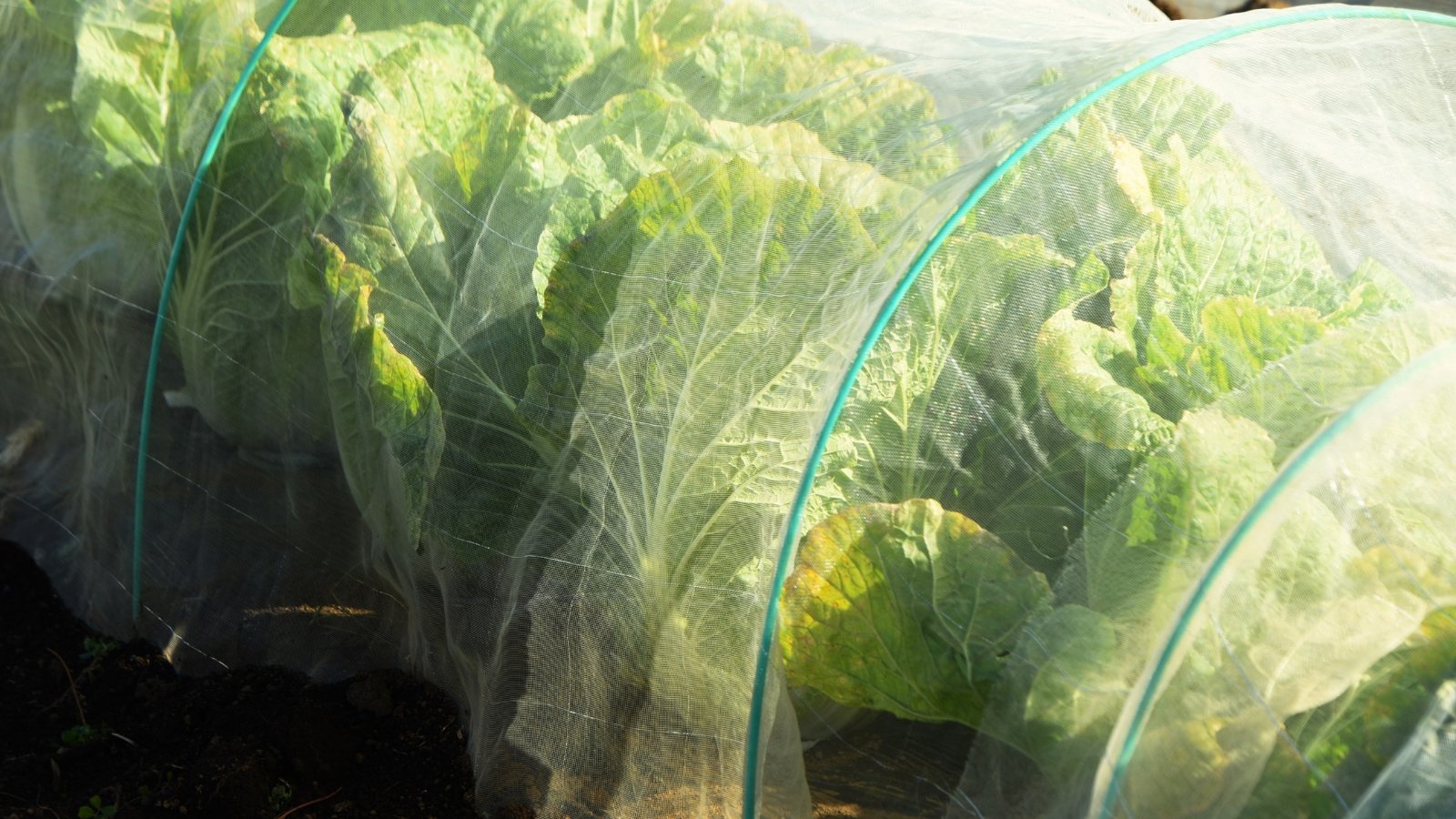

Tried and true, row cowl and bug netting defend crops from pests and scale back harm. Row cowl is greatest used throughout the cooler months of spring and fall. In any other case, light-weight and breathable insect netting is inspired.
In case you’re keen to spend money on insect netting, it’s simply accessible and extremely efficient. Use netting with or with out hoops and weight baggage and guarantee your entire crop is roofed. Depart headspace on extremely sought-after crops like kale and broccoli. Bugs could lay eggs by means of the netting if it sits instantly on the plant. Daisy-chain and retailer the netting in a container with a lid throughout the low season to keep away from harm. Restore any tears and holes earlier than utilizing it subsequent season.
Professional tip: Search for self-pollinating cultivars when you expertise extreme points whereas bulking up your military of useful bugs. The vegetation received’t have to be free of insect netting and can nonetheless present you ample yields with out insect pollination!
Delayed Plantings
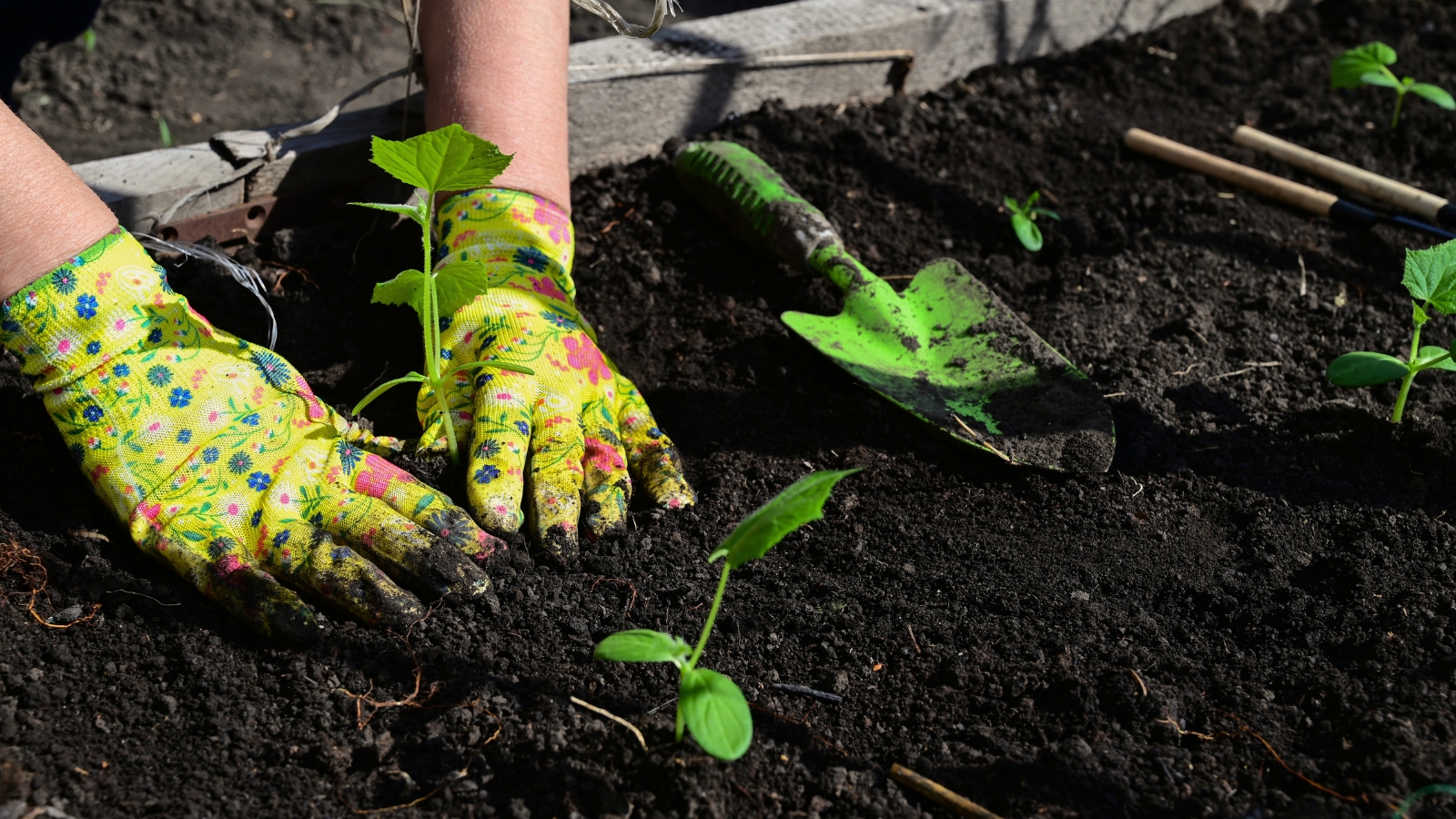

This methodology is so easy it’s nearly unbelievable when it’s efficient. Most bugs have an everyday and fairly predictable life cycle. In case you’ve been gardening for a while, you probably have psychological notes of when sure pests begin to present their faces.
Pests that overwinter within the soil deliberately select your area as a result of they acknowledge the abundance of accessible meals within the fall. Think about their confusion once they emerge within the spring or summer time and discover there may be nothing for them to feast on. They could feed on a number of much less palatable crops earlier than shifting onto another person’s yard, however a number of days could make all of the distinction when you can maintain off on transplanting.
For instance, when you usually plant the primary spherical of cucumbers in late April, however they get destroyed by cucumber beetles, attempt delaying the planting by six to eight days. Be aware of the outcomes and regulate the dates as wanted. In case you let the vegetation get established, they are going to tolerate extra harm than in the event that they have been newly transplanted and small.
Professional tip: Mix delayed planting and a bodily barrier by masking the vegetation with insect netting to actually preserve pests away. Take away the netting when flowering begins to permit pollination, or choose parthenocarpic cultivars, that are self-pollinating and produce solely feminine flowers.
Entice Useful Bugs
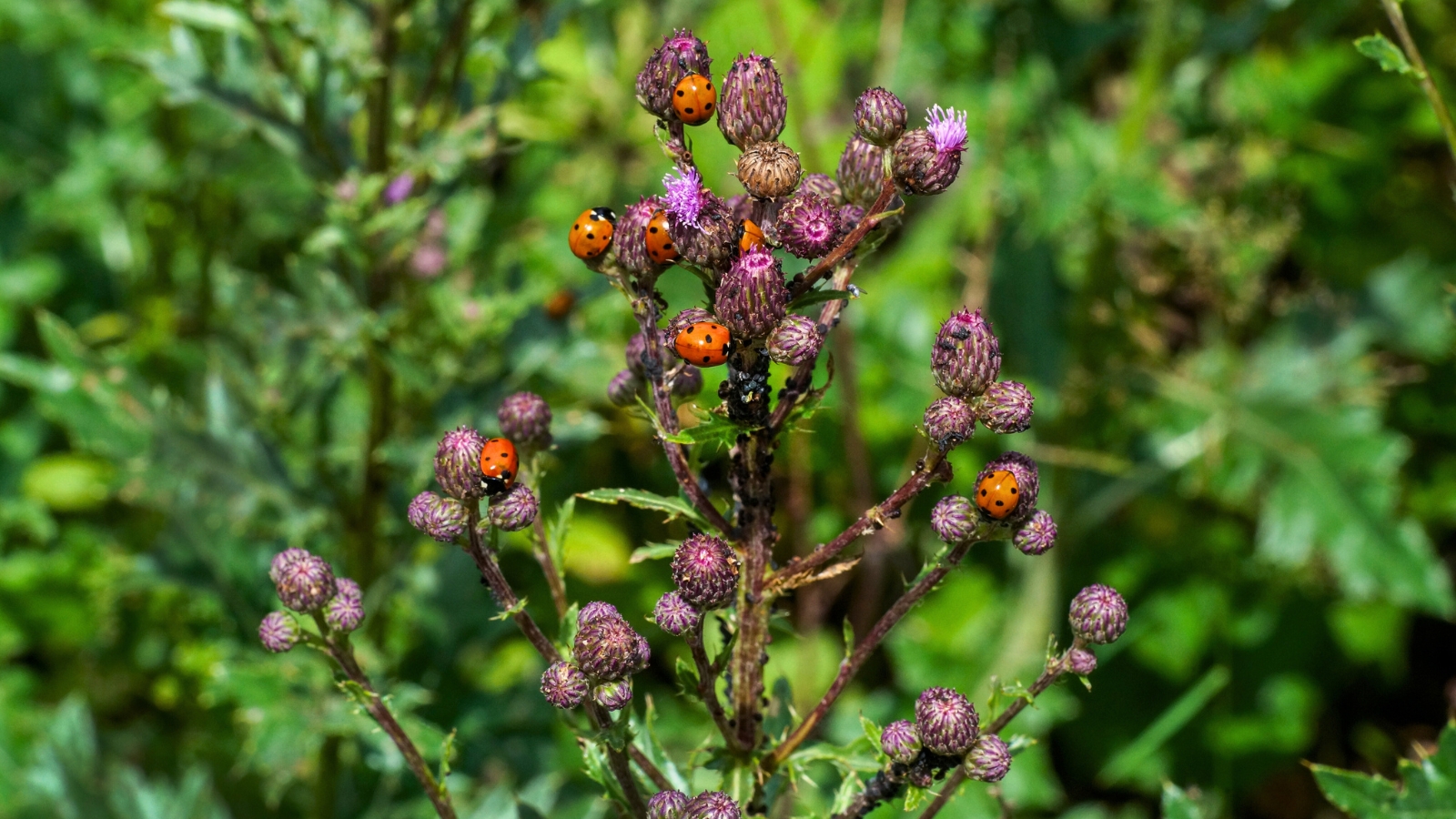

Not all bugs are pests. You need to appeal to many useful bugs that will help you organically management the ecosystem. When you have an unused nook, commit the area to create an insectary space to lure these bugs in, lay eggs, and lift their brood right here. If there may be sufficient meals for predators like ladybugs, lacewings, and hoverflies, they’ll stick round and lift many generations of those useful creatures, permitting you to reap the advantages.
Depart these areas to remain wild and stay dense. Don’t mow or disturb them a lot in order that they’ll really feel secure and as near their pure habitat as you’ll be able to create. Transitioning to no-till gardening could assist and has many extra advantages, together with soil well being, weed management, moisture retention, and decreased erosion. Present a clear water supply, construct nest containers, depart piles of brush round, and keep away from spraying chemical pesticides.
Embrace natives like milkweed, goldenrod, and yarrow and powerhouses like alyssum, phacelia, marigolds, salvia, and bee balm. Diversification of root techniques and plant sorts will appeal to a variety of useful bugs, so fear much less about neat rows of reds and pinks and embrace the wildness of a mixed-bag backyard.
Key Takeaways
- Lure crop and permit nature to do among the give you the results you want.
- Belief the science of companion planting.
- Plant herbs and strongly-scented flowers to discourage pests whereas attracting useful bugs.
- To keep away from the primary spherical of damaging pests, attempt delaying your plantings of extremely sought-after vegetation like summer time squash, tomatoes, and cucumbers.
- Make the most of bodily boundaries as vegetation set up or hunt down parthenocarpic cultivars.
[ad_2]


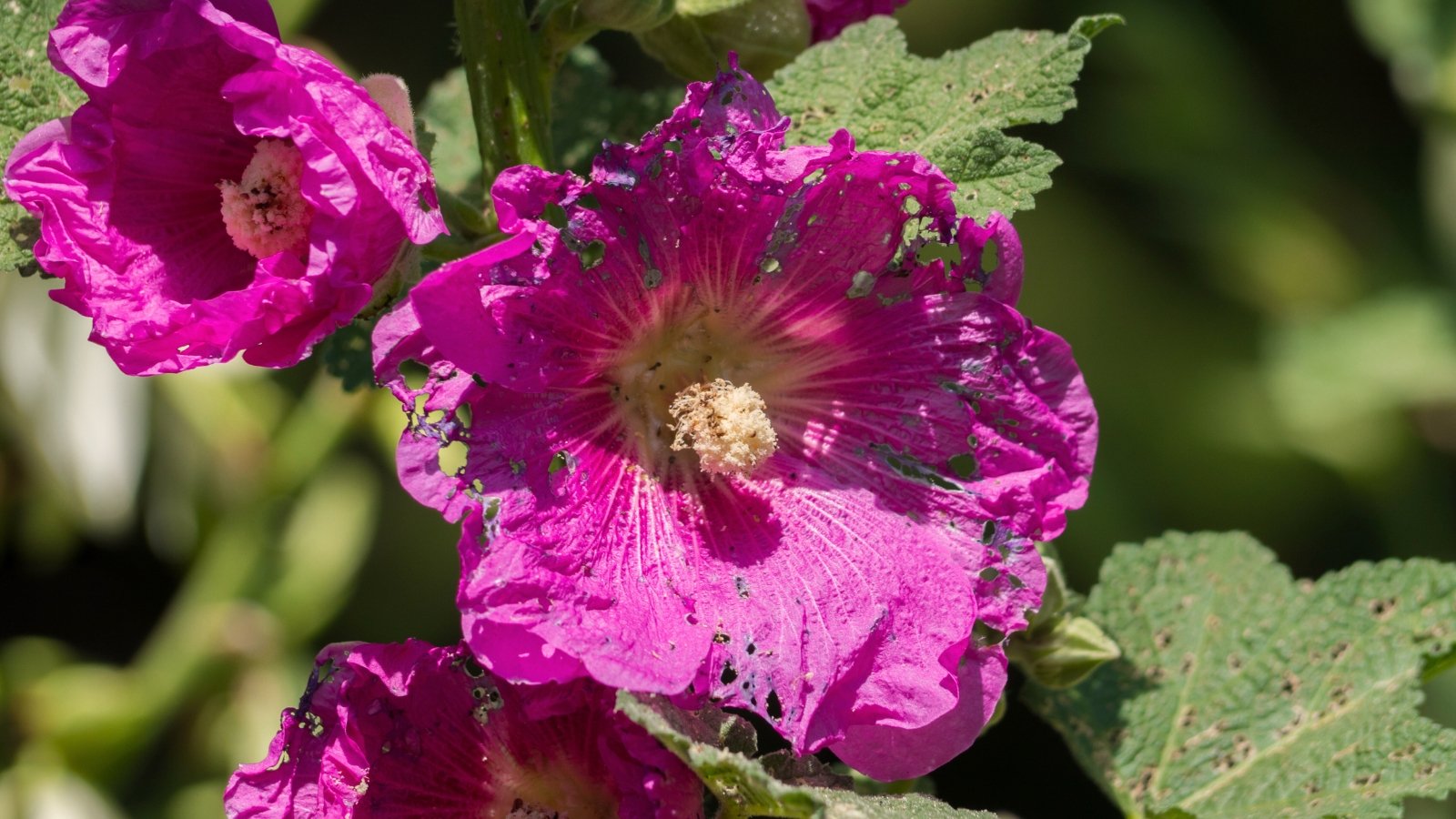
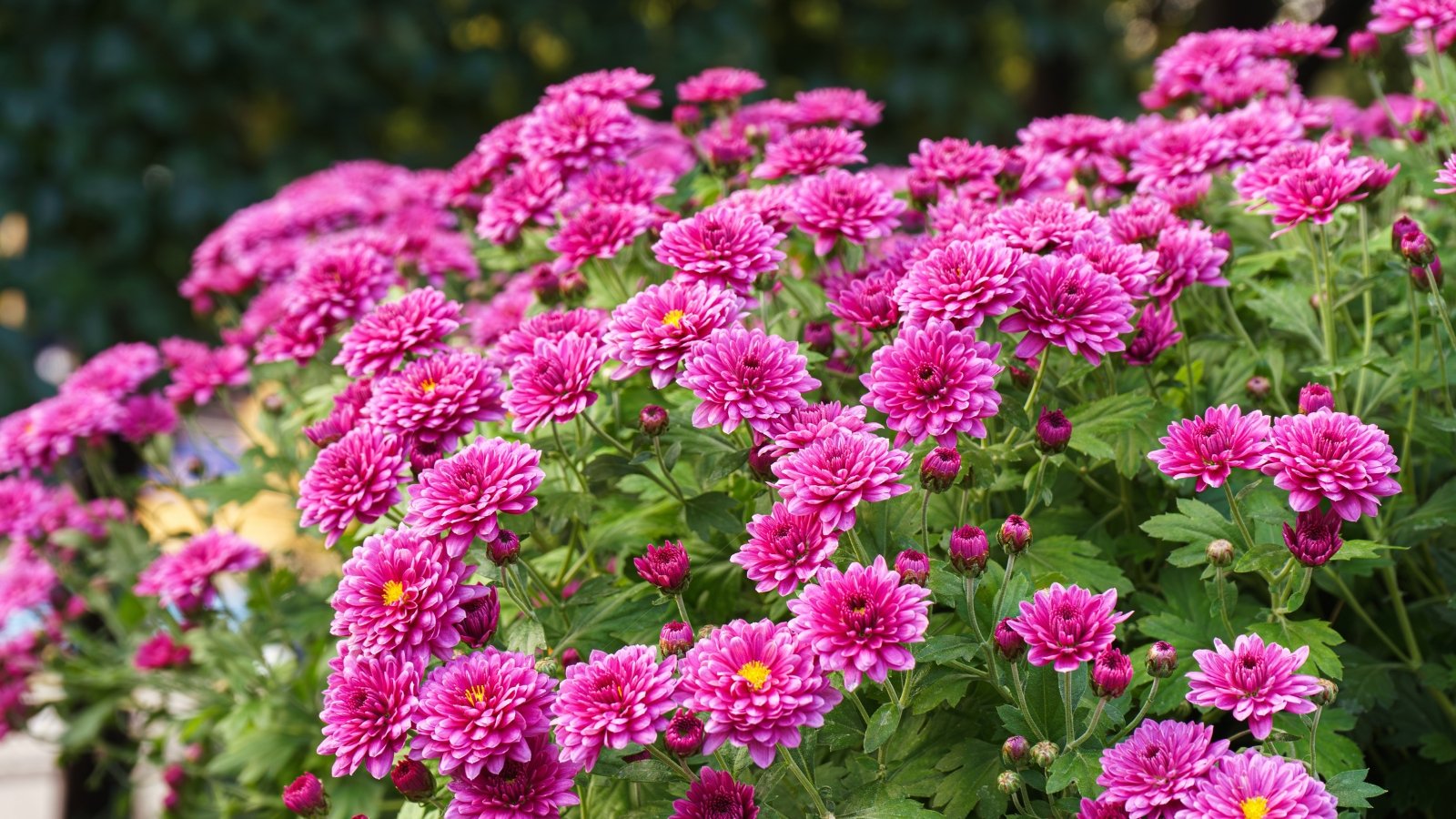
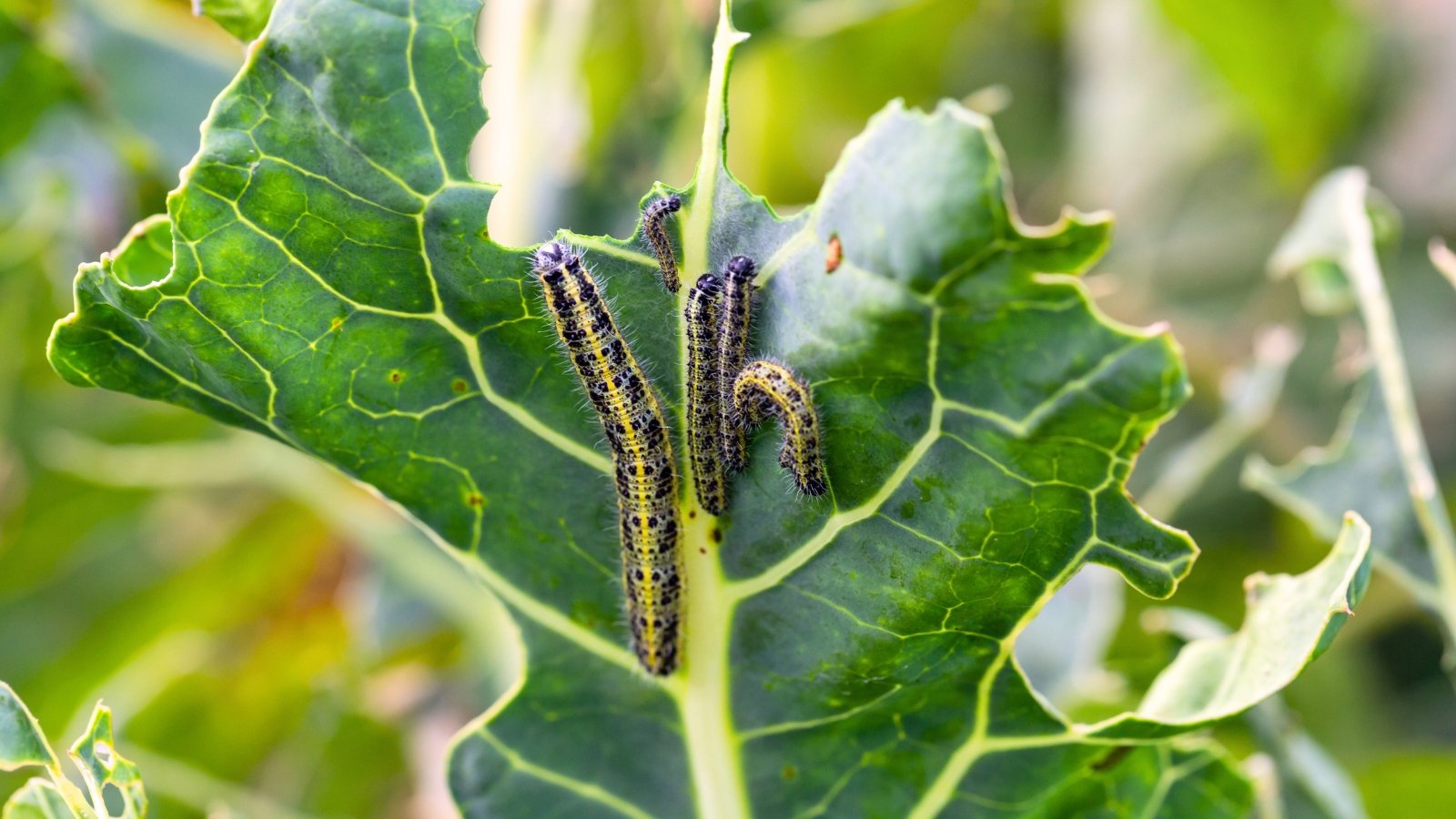
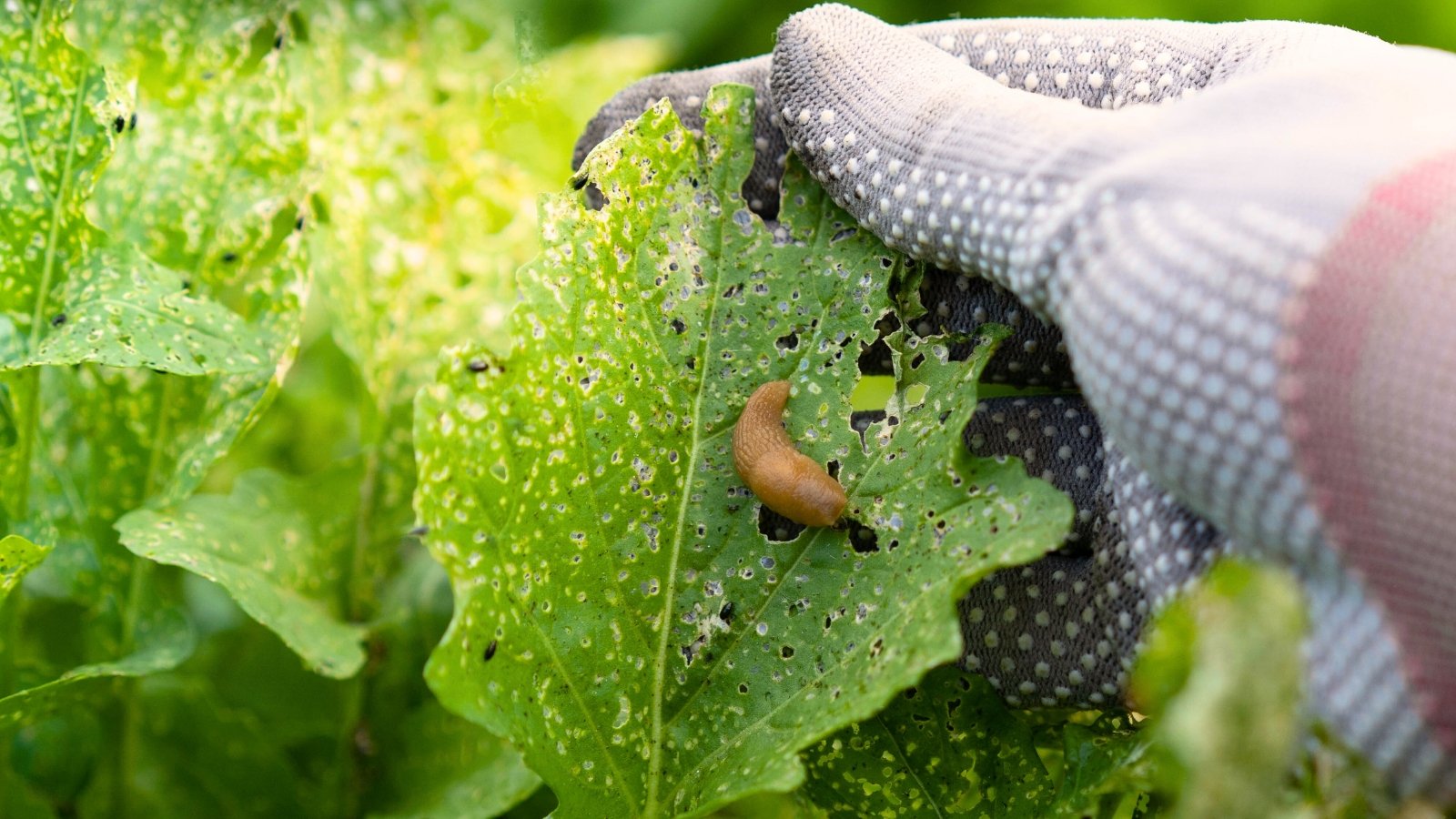
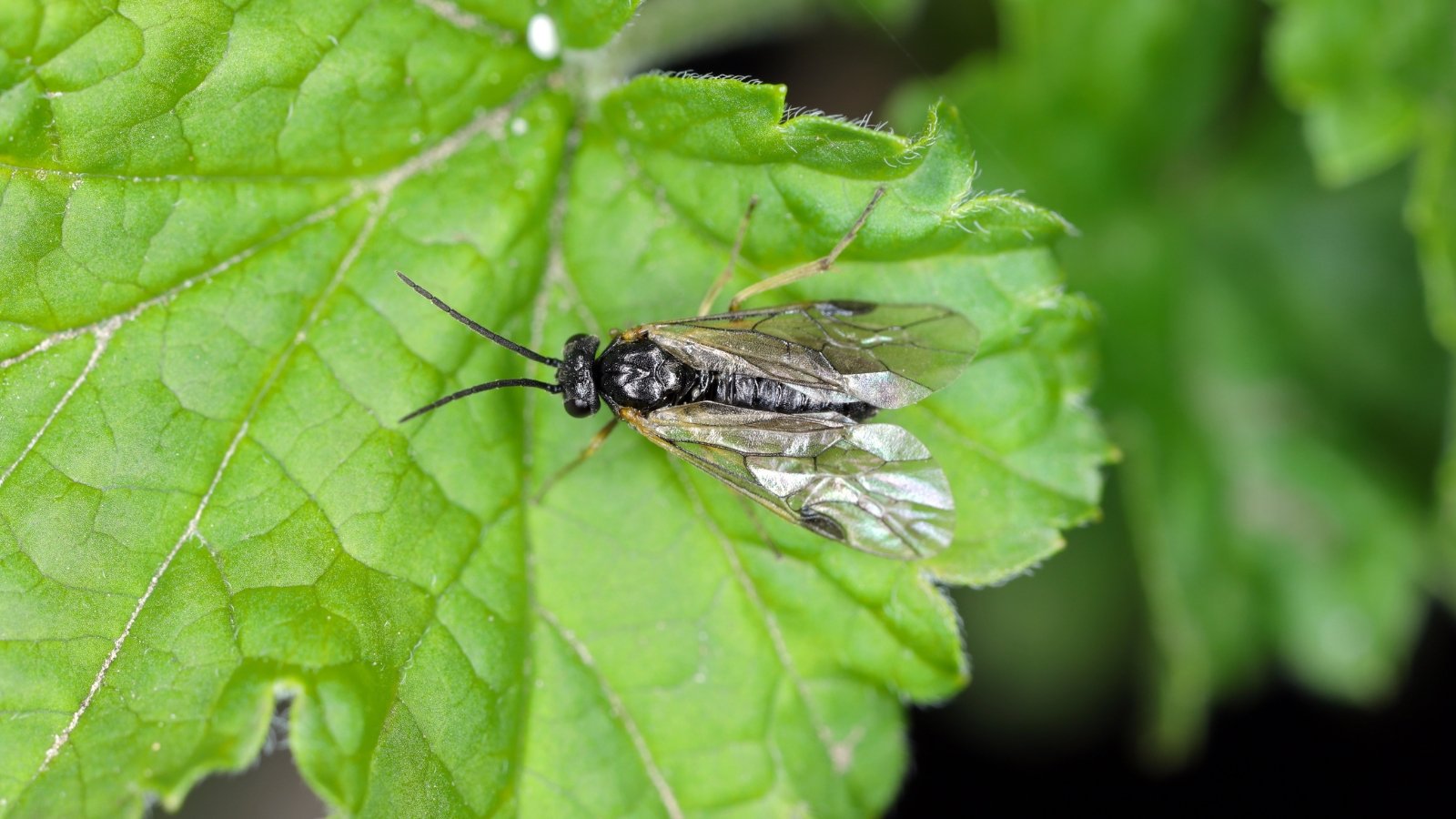
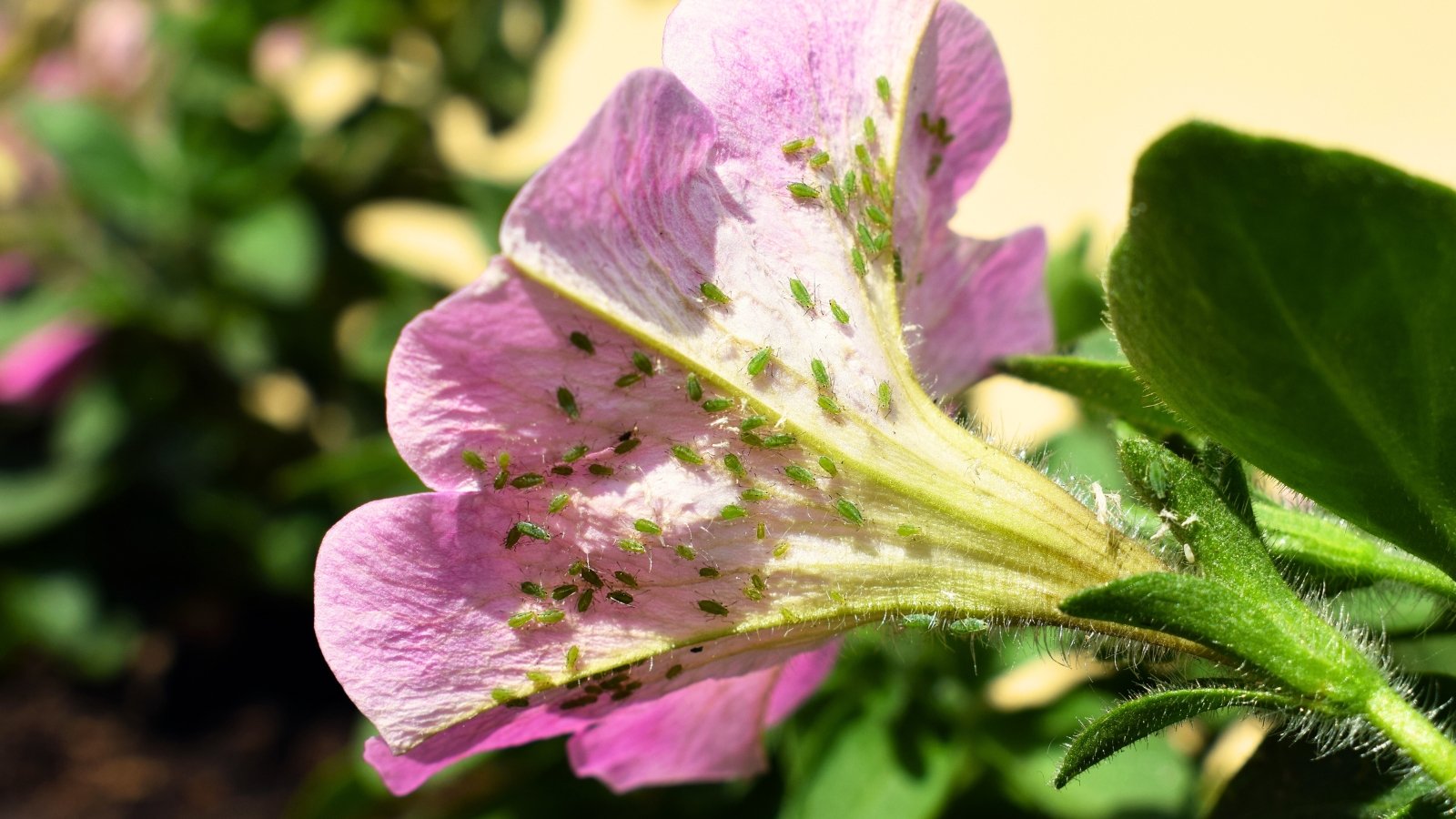

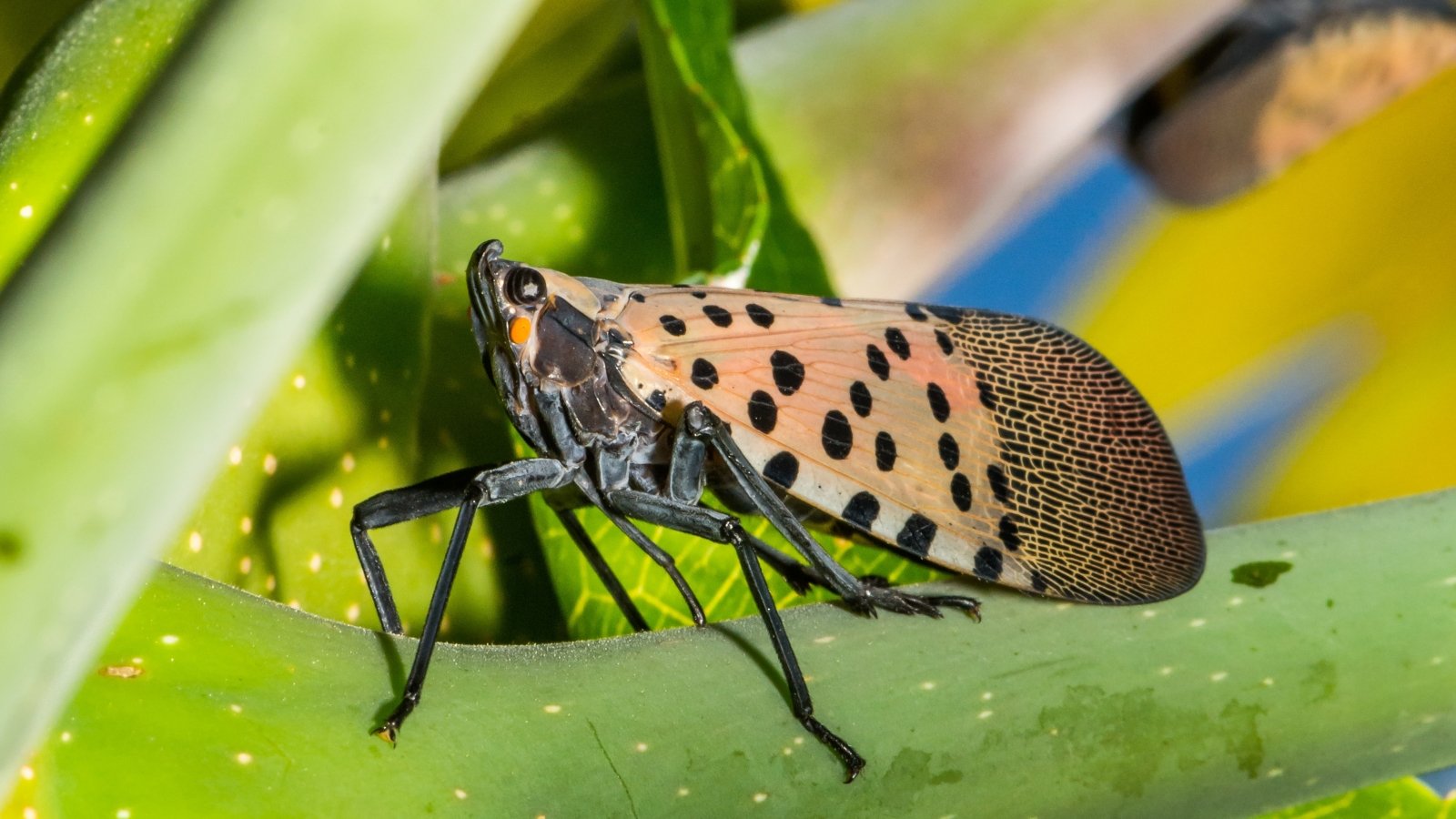
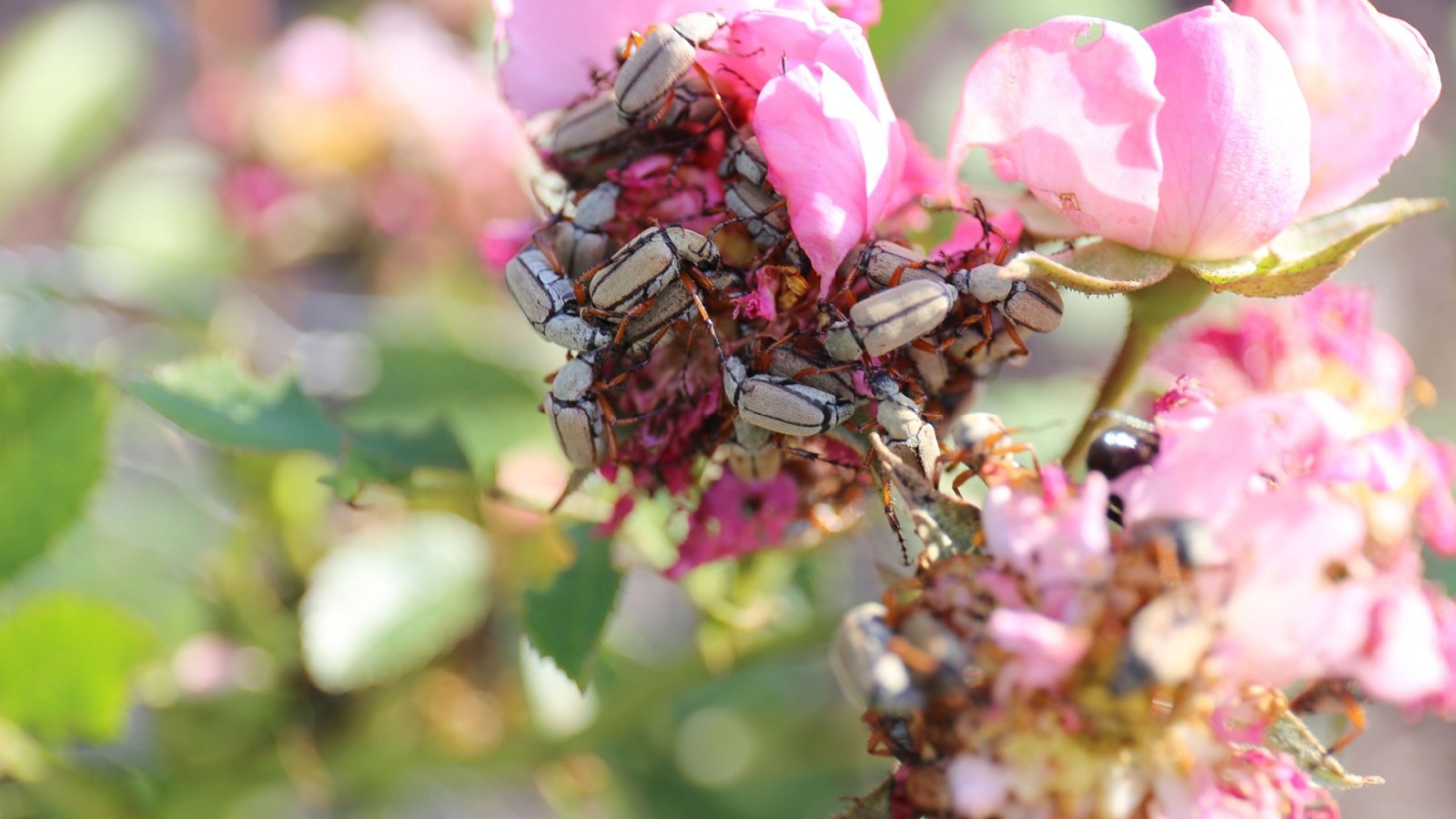
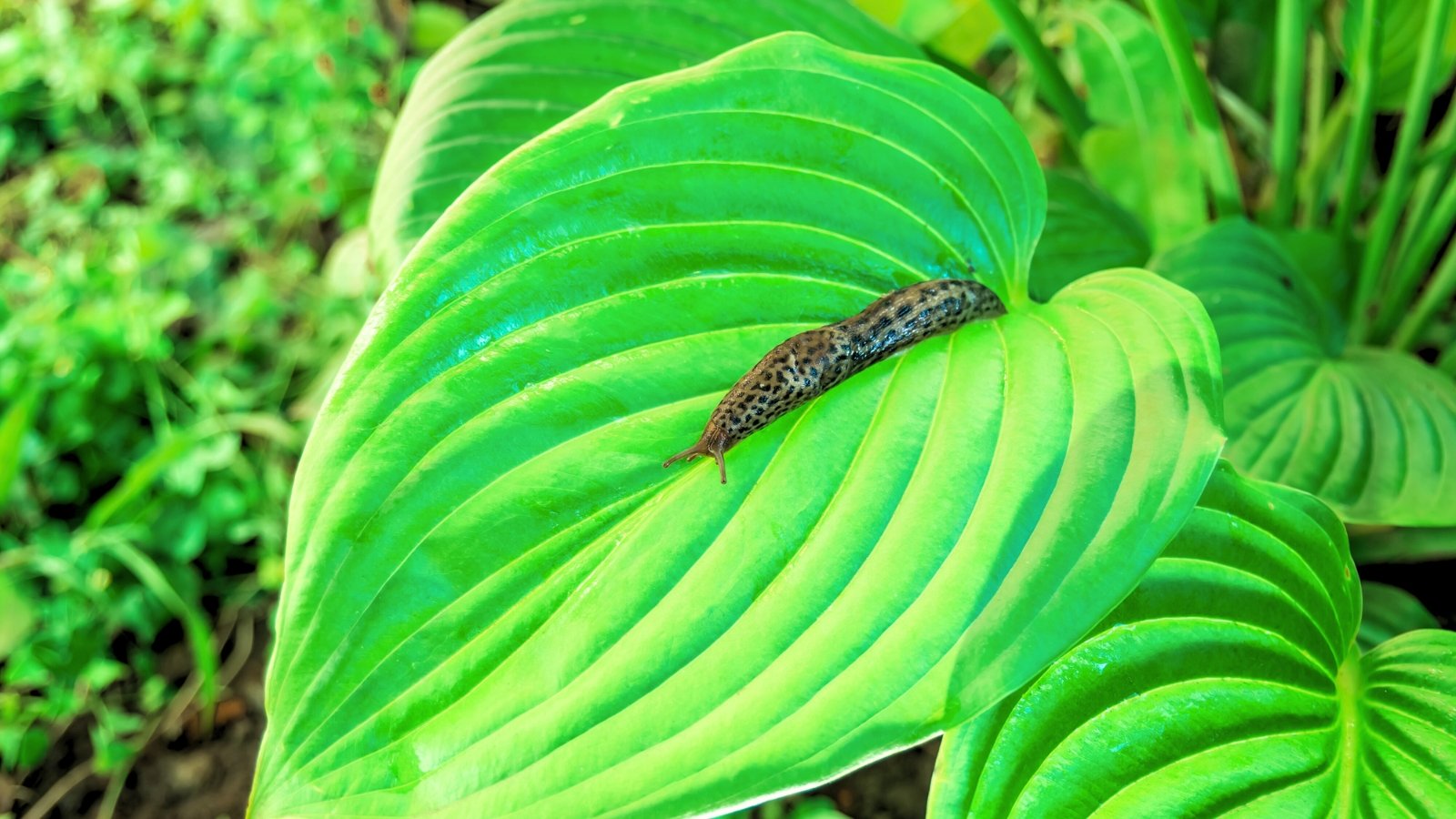
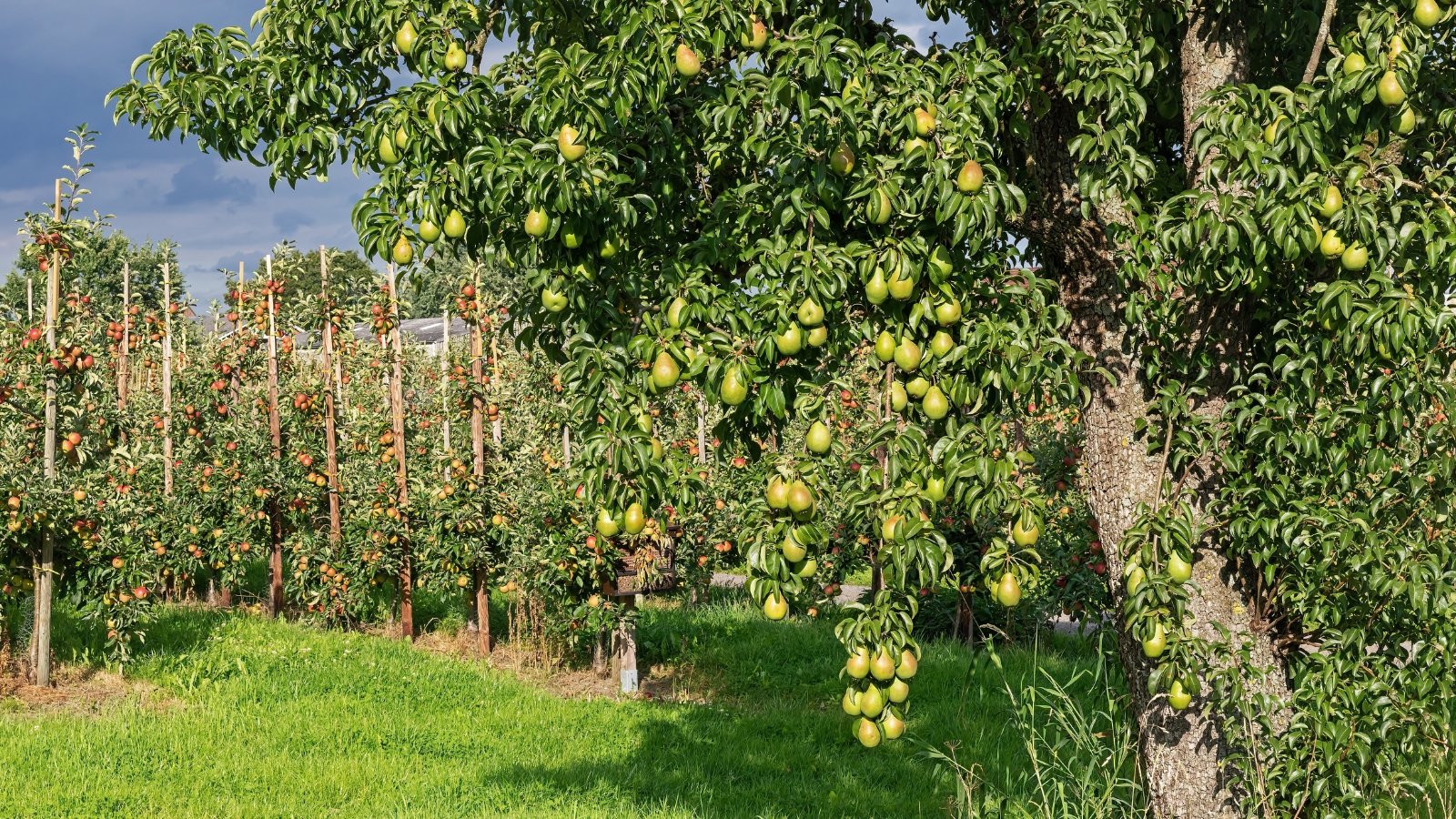

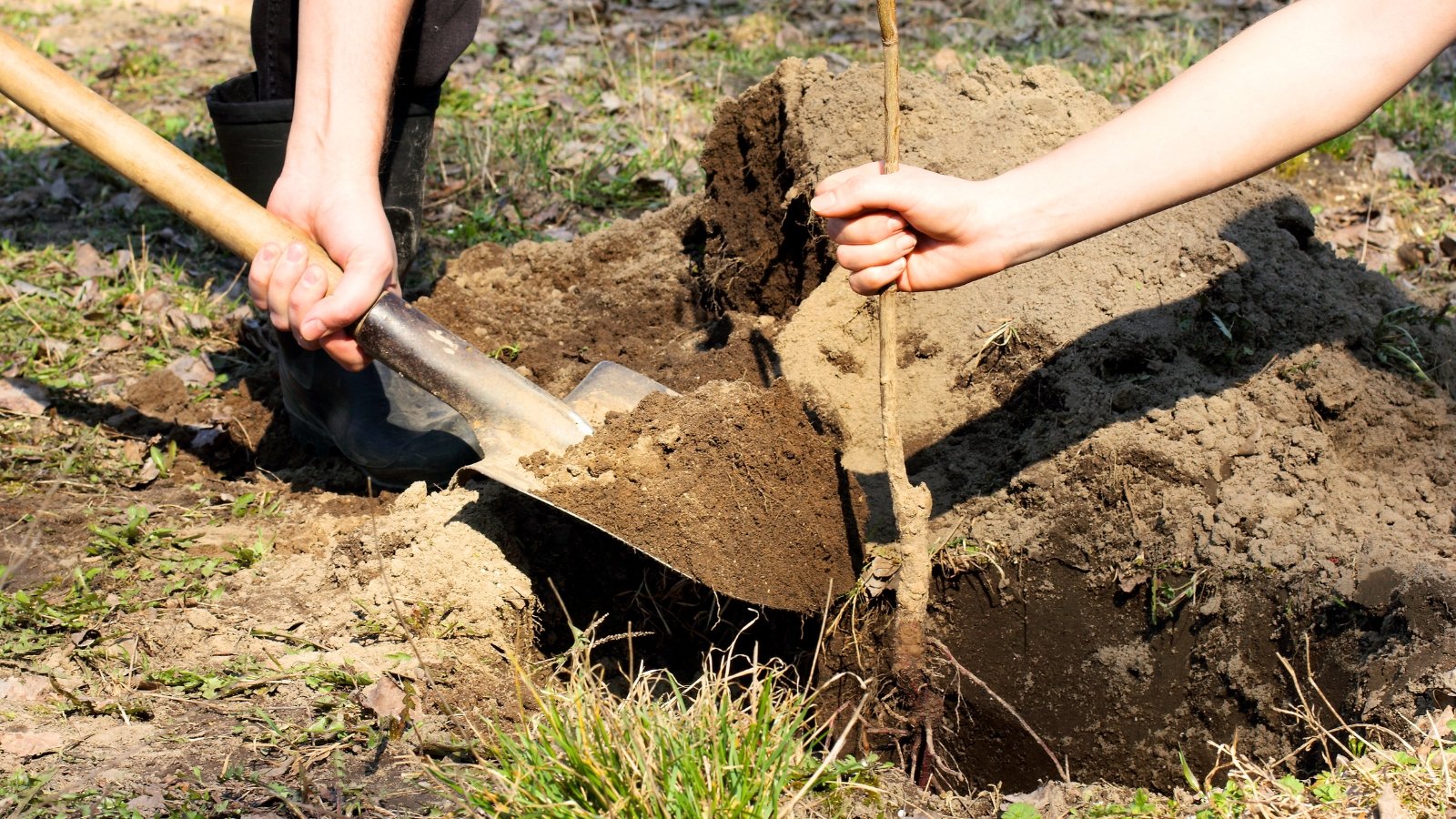
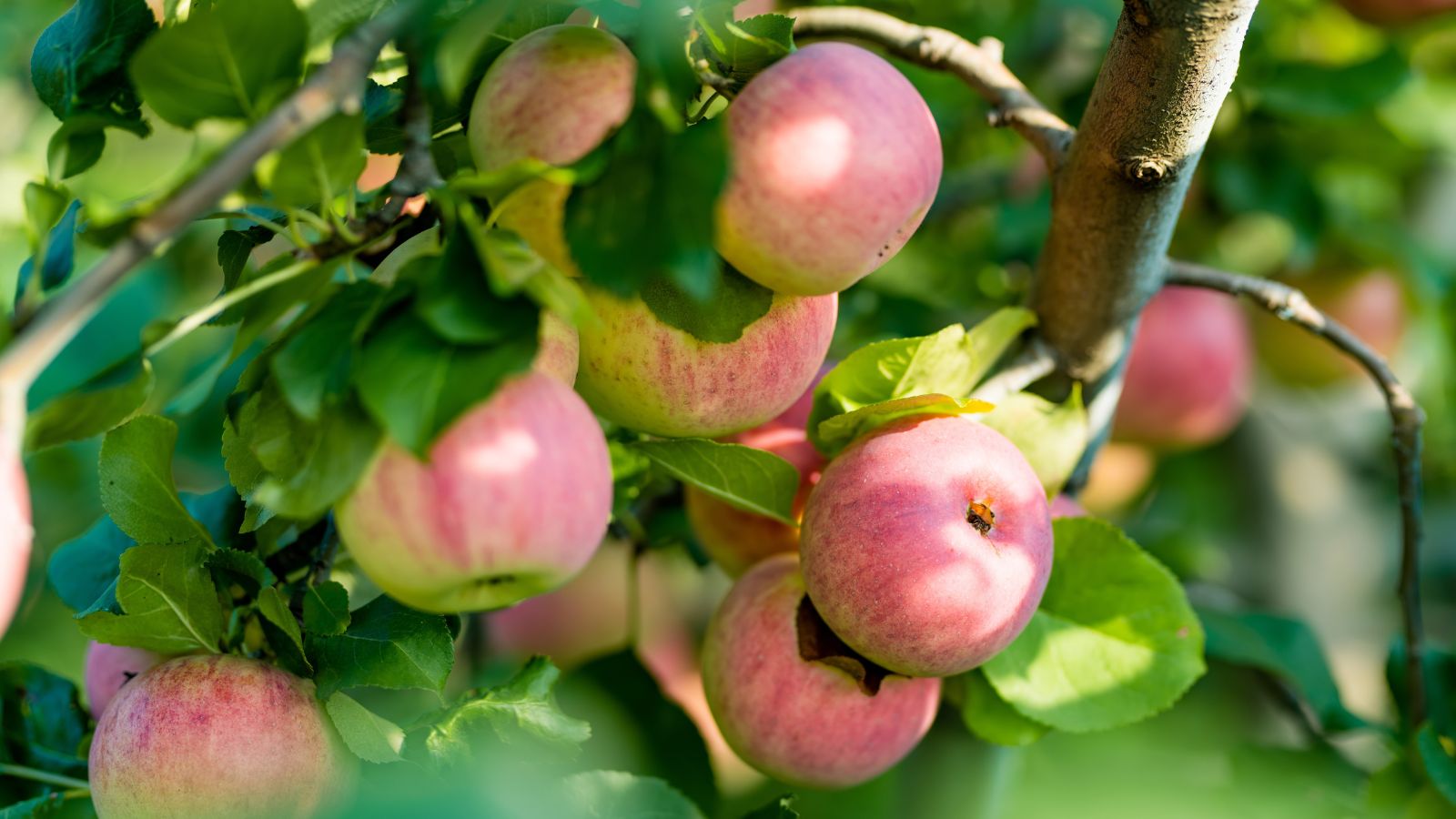
NatureLover88
I found the tips on using herbs and flowers to deter pests particularly interesting. It’s great to see practical strategies that align with sustainable gardening practices while promoting beneficial insects in our gardens.